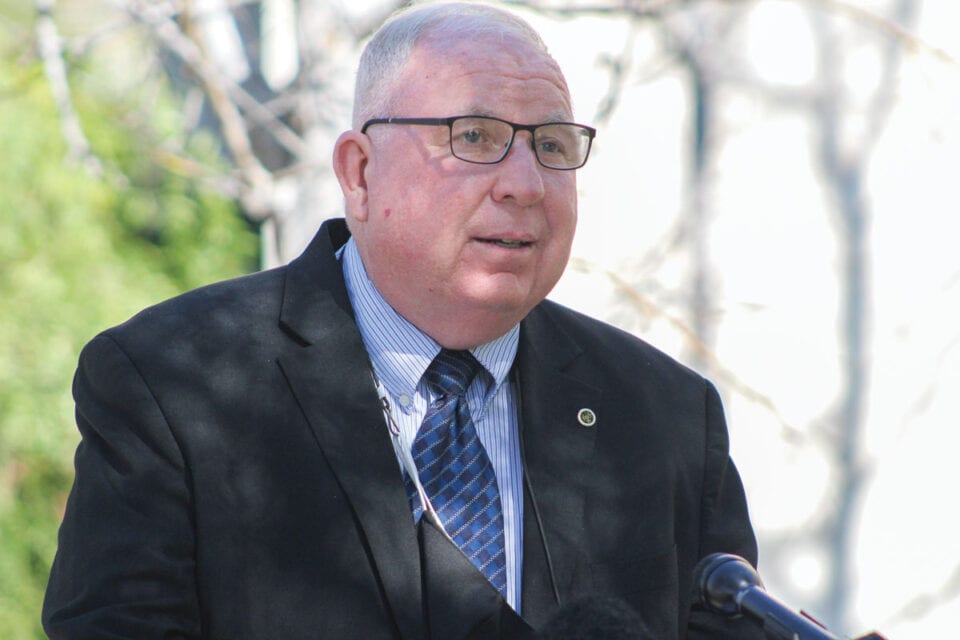REGION — A pair of California housing bills recently signed into law has raised new questions about how these state requirements will impact local initiatives requiring voter approval for land-use density and zoning changes.
Senate Bill 9, authored by Senate President Pro Tem Toni Atkins (D-San Diego), will allow up to four units on lots that are currently zoned for single-family housing. Senate Bill 10, authored by state Sen. Scott Wiener (D-San Francisco), allows buildings of up to 10 market-rate units on lots that are currently zoned for single-family housing.
Together, the bills would effectively eliminate single-family residential zoning in an effort to boost housing production and allow local governments to override voter-approved restrictions and upzone parcels without a California Environmental Quality Act (CEQA) review.
“The housing affordability crisis is undermining the California Dream for families across the state, and threatens our long-term growth and prosperity,” Newsom said in a Sept. 16 announcement. “Making a meaningful impact on this crisis will take bold investments, strong collaboration across sectors and political courage from our leaders and communities to do the right thing and build housing for all.”
But it remains unclear how much impact these state laws will have on individual city initiatives, such as Escondido’s Proposition S, which requires voter approval for density and zoning changes to the city’s general plan. Nearly two-thirds of Escondido voters approved the proposition in 1998.
“As a general law city, Prop S would not be in effect,” said Escondido Mayor Paul McNamara. “I mean, that process would not be able to overrule what Sacramento is saying, but the authors of the bills say they are not looking to supersede existing rules. If, in fact, they’re not writing this to overrule existing CCNRs or HOA development or something like Prop S, then I don’t think there’s going to be a problem.”
“It just depends who’s going to sue us,” McNamara continued. “It could be the state sues us for not complying with the laws or the developer sues us for not allowing the density changes or something like that. Right now, I think we have to wait to see what the final product looks like.”
In Encinitas, a similar initiative was approved by Encinitas voters in 2013. Proposition A requires voter approval for zoning changes and imposes a city building height limit of 30 feet.
Last month, a Vista judge rejected the City of Encinitas’ attempt to override Prop A, reaffirming the right of Encinitas voters to have the final say on development proposals that fall outside the specific requirements.
However, according to Livable California, SB 10 could potentially allow “city councils [to] overturn voter-approved ballot measures that protect from overdevelopment local farmland, urban boundaries, shorelines, canyons — or that protect neighborhoods from overdevelopment by enacting height limits or other concepts.”
Jerry Harmon, a former mayor of Escondido who helped lead the Prop S campaign, told The Coast News he’s concerned about the initiative’s future.
“I think (SB 9 and SB 10) put propositions like Prop S at risk, so therefore people may not be able to have a vote on increased land-use intensity as Prop S requires now,” Harmon said. “Not only do these bills have the potential to take power away from voters, but I don’t think it will really work to solve the problem that ostensibly they’re trying to solve, which is, ‘Let’s just provide more housing and that’ll lower the price.’ I think it will do the opposite.”
While the future of these local voter-approved initiatives is yet to be determined, Harmon said he wouldn’t be surprised if the outcome is determined in court.
CORRECTION: An earlier version of this article stated SB 9 would allow up to eight market-rate homes on a single-family plot. The correct amount is no more than four units.



